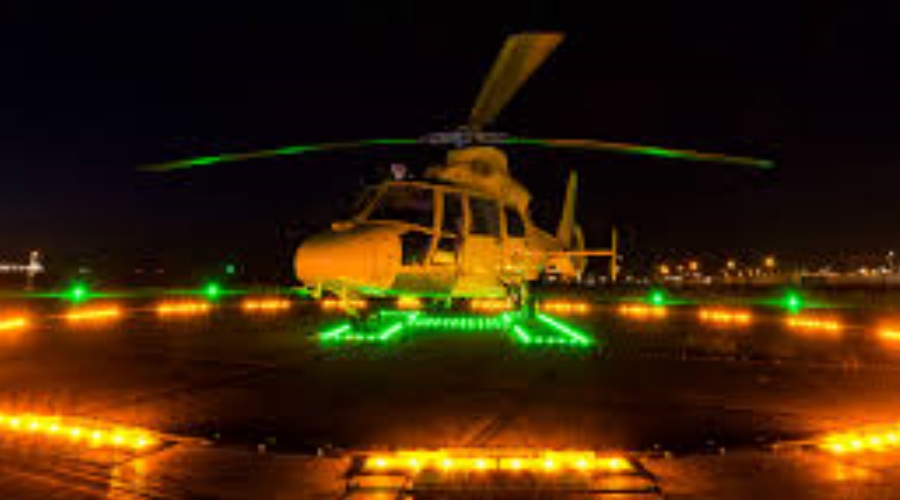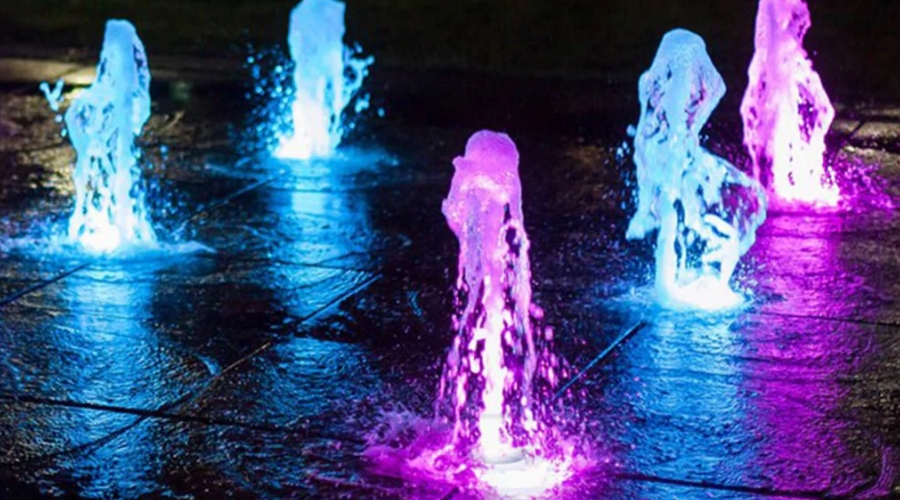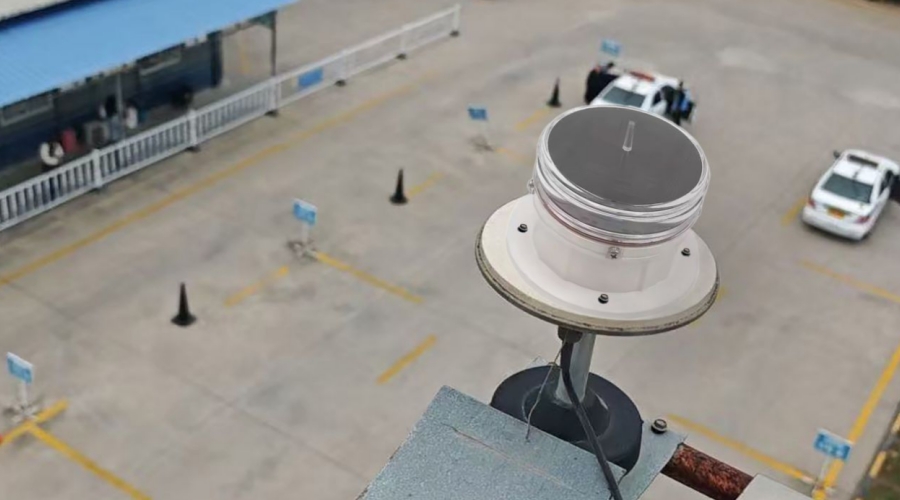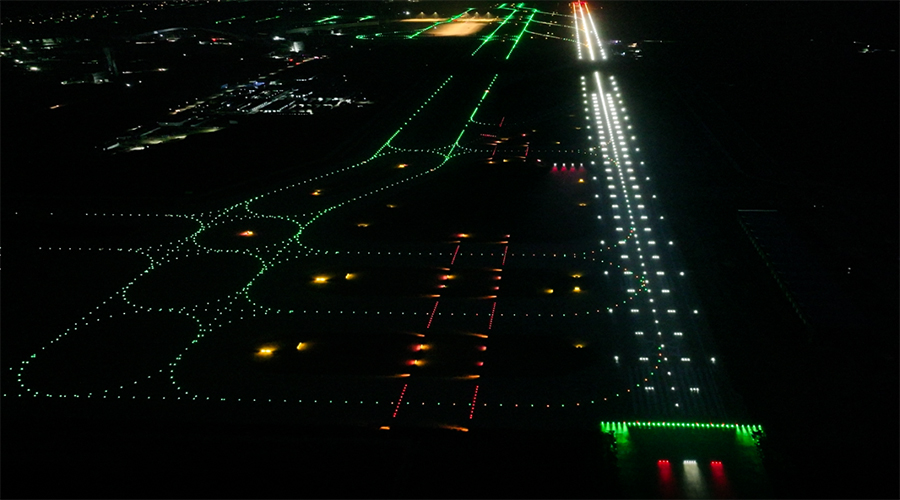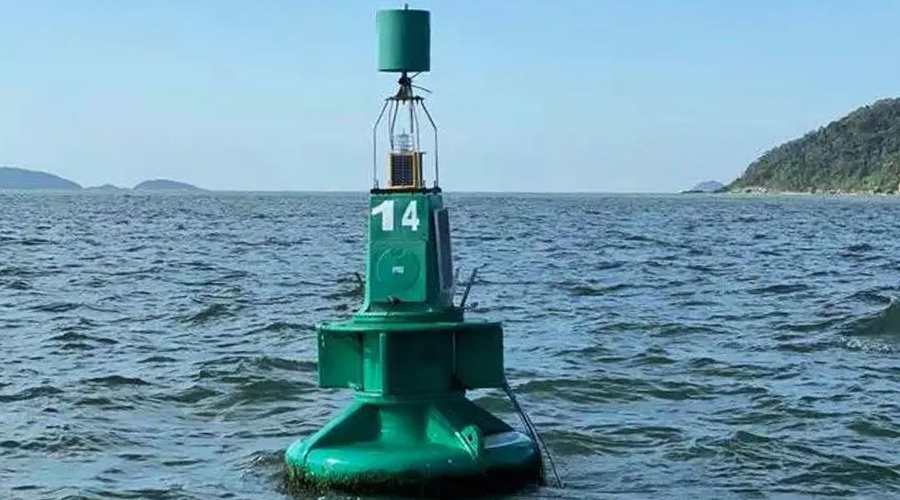Helicopter embedded perimeter lights are a type of lighting equipment designed specifically for helipads. It usually uses an aluminum gravity-cast housing with good waterproof and heat dissipation properties.
The helipad lights use light-emitting diode (LED) light sources inside, and are designed with advanced optical glass to ensure that the emission angle meets the standards of the Federal Aviation Administration (FAA).
The parameters of this Led lights include embedded pit size, weight, light source life and main body material, such as a light-emitting angle of 180 degrees, a minimum embedded pit size of 206 mm*145 mm, a net weight of 4.5 kg, a light source life of greater than or equal to 20 years, and a main body material of PC.
The Function of Helicopter Embedded Perimeter Lights
- The role of embedded perimeter light is mainly to clearly mark the boundaries of the helipad touchdown and takeoff areas at night or during the day when visibility is low.
- The lights of these airport lights are embedded along the edges of the helipad touchdown and takeoff areas, emitting omnidirectional green constant light signals, which help pilots safely identify and navigate the safe areas of the helipad.
- This design can also reduce potential threats to helicopter flight safety, as lights above the surface may endanger the operation of helicopters under certain circumstances.
Requirements For Helicopter Perimeter Lights
The color and layout of the helipad embedded perimeter lights need to follow specific aviation safety standards to ensure the safe takeoff, landing and navigation of helicopters.
Color Requirements
Green light source: usually used to mark the boundaries of the touchdown and takeoff areas. Green is an international standard indicator color that can effectively guide pilots.
White light source: may be used for overall lighting to increase night visibility.
Layout Requirements
- Even distribution: The lights should be evenly arranged along the edge of the heliport to ensure that the entire boundary is visible at night and easy for pilots to identify.
- Spacing requirements: The distance between lights needs to be determined according to the size and design standards of the specific airport, and usually follows the regulations of the International Civil Aviation Organization (ICAO) or the civil aviation management agencies of various countries.
- Height & angle: The embedded lights must be below the ground to avoid obstacles to the takeoff and landing of helicopters, and the light should not be blocked by soil, weeds or other obstacles.
Helicopter embedded perimeter lights need to be waterproof and impact-resistant to adapt to various climatic conditions and ground conditions. And consider the ease of maintenance of the apron lights so that they can be quickly replaced in case of failure and maintain continuous normal operation.

